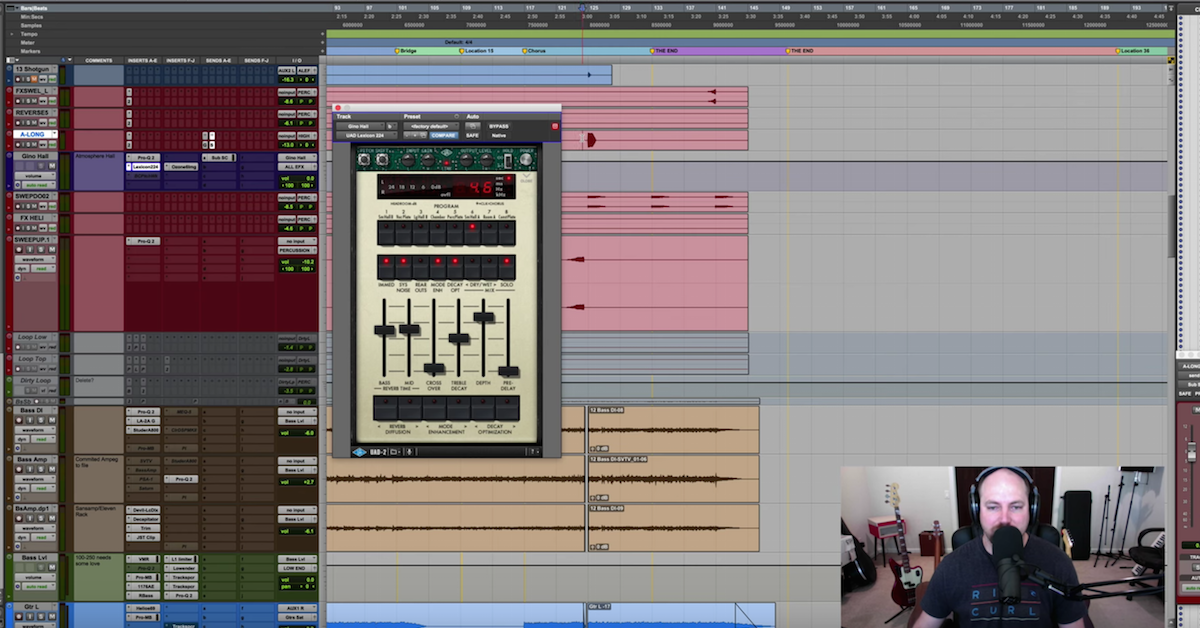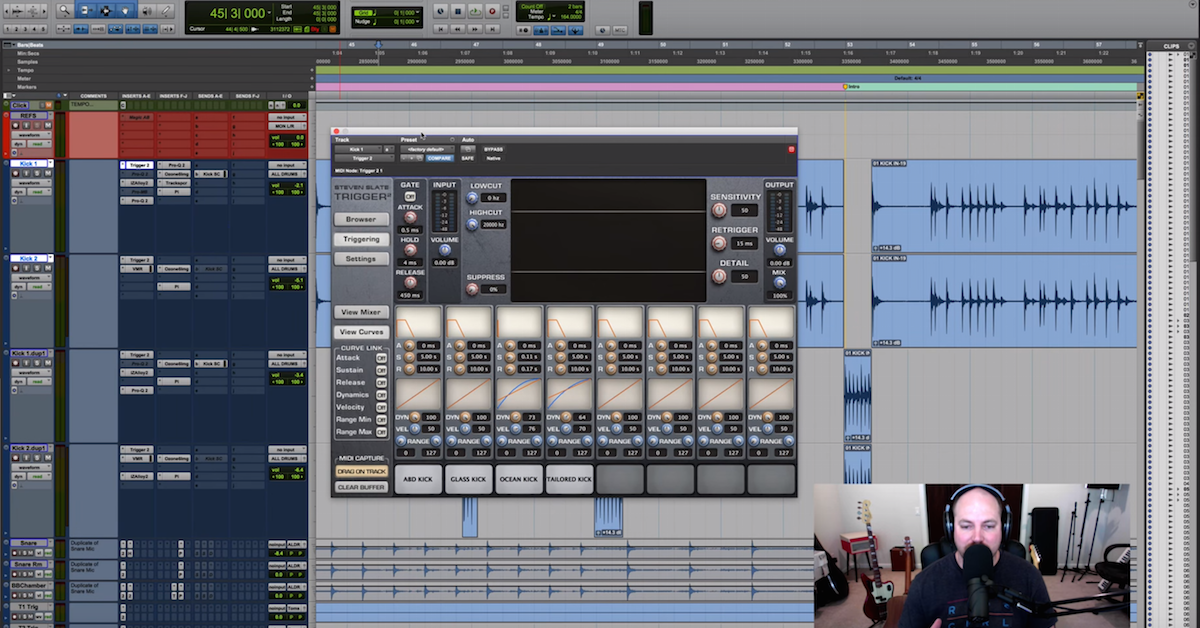How to Mix Trap Music
Article Content
T.I. famously named his 2003 album “Trap Muzik”. But Trap Music has existed far outside of the context of this one album. Artists like Young Jeezy, Waka Flocka Flame, Gorilla Zoe, and Gucci Mane have been doing this variation of Dirty South rap for a long time running.
There are certain aspects that make Trap Music unique in the rap scene:
- The tempo is negotiable. The large pulses tend to be pretty slow — 75bpm. But there’s a double-time feel that exists in the sub-rhythms. Sometimes even a quadruple-time feel — with super fast hi-hats and snare rolls.
- The rhythm is negotiable. A lot of times the rhythm is straight, but sometimes there will be poly-rhythmic elements that will overlay a triplet feel over the eighth notes.
- Orchestral synths. In other forms of rap, the drums often get a great deal of layering to make them powerful and unique. In Trap Music, the synth elements are layered up — for the same reason — but also to make the sound very dramatic and heavy.
- Focused pitched drums. Generally 808s and 909s, the drums tend to be very focused sounds. The kicks are note specific, the snares are super cutting, and the hats are very bright and tingy. In other words, the lows are low, the mids are mid-rangy, and the highs are high.
- The kick is the bass. One of the most interesting aspects of Trap Music is that the kick drum often acts as the bass instrument as well.
- Contrast. Trap Music is rarely a repeating loop — there’s often some form of either chord progression, or a major change in arrangement. It’s not uncommon for a song to go from an element with nothing but a couple of drums and maybe one melodic element to a full orchestra of synthesizers and samples.
In The Mix
Because of the things listed above, mixing Trap Music is a little different than mixing other forms of Rap.
For example, a common aspect of mixing is coordinating the low end — getting the bass and kick to really complement each other. In the case of Trap Music, the bass is usually the kick!
Another example — when setting up the ambience (reverbs, delays) in a mix, the settings and style choices are relevant to the tempo of the song. But Trap Music has a negotiable tempo!
Third example, just for emphasis — when mixing, the idea is to balance the arrangement of the instruments. In Trap Music the arrangement often changes dramatically. Keeping a static mix rarely works in this case.
Low End
Basically you can’t get a good trap mix without a massive low end. Volume becomes a tricky negotiation. The kick needs to be loud — but after a certain point, it will mask everything else. After the right level is found, the trick becomes finding ways to make the kick appear louder than it is. There are a multitude of ways to do this — subtlety and taste really come into play because each of these techniques can easily make the kick feel smaller just as fast as they can make it feel bigger.
- The 200 Hz range: There’s a good amount of punch in your average kick drum around 200 Hz. That range won’t do much for standard 808 which is hanging out below 100hz — but if you are working with a layered kick for punch (something I would consider dubbing into the mix if it isn’t already present) — pushing that range can be very helpful. If you can blend the layered kick under the 808 and extend the 200hz range — you end up getting what basically sounds like a super punchy 808.
- Saturation and overdrive: The harmonic tone of the kick is important. It creates a character and texture, and also emphasizes the pitch of the kick. This will give the kick more presence in the mix.
- Bass enhancers: These are kind of like steroids for the low end. Software like RBass, Lo-Air, BXBoom are designed to create sub-harmonic content based off the source sound. Because the generated harmonics are not entirely similar to the source you can get a little more bass out of these without adding level as quickly.
Rhythm
Break elements down into their sub rhythms, and address them accordingly. Put shorter reverbs on elements that move faster, longer reverbs and delays on slower elements. Then take those reverbs and make sure they blend together and sound cohesive. The end results is a unified reverb that never seems to step on any of the elements.
Keep the faster elements more attack driven — like hi-hats — but play up the sustain of the slower elements — like synths and snares. Usually the kick already has a huge built in sustain.
Arrangement
Arrangement changes mean compensating in the mix. If the arrangement changes, it is the responsibility of the mixer to adjust accordingly. Unfortunately the set it and forget it mentality won’t fly. Luckily most of the work resides simply in careful level adjustments. But, certain elements may requires EQ or compression adjustments at different segments as well. Don’t be afraid to copy an instrument onto a new track and treat it differently in different places.
In Context
To listen to some of these ideas — check out this video: “What’s Up” by GP and Gorilla Zoe, produced by Sonny Digital, mixed by Matthew Weiss (yours truly).





